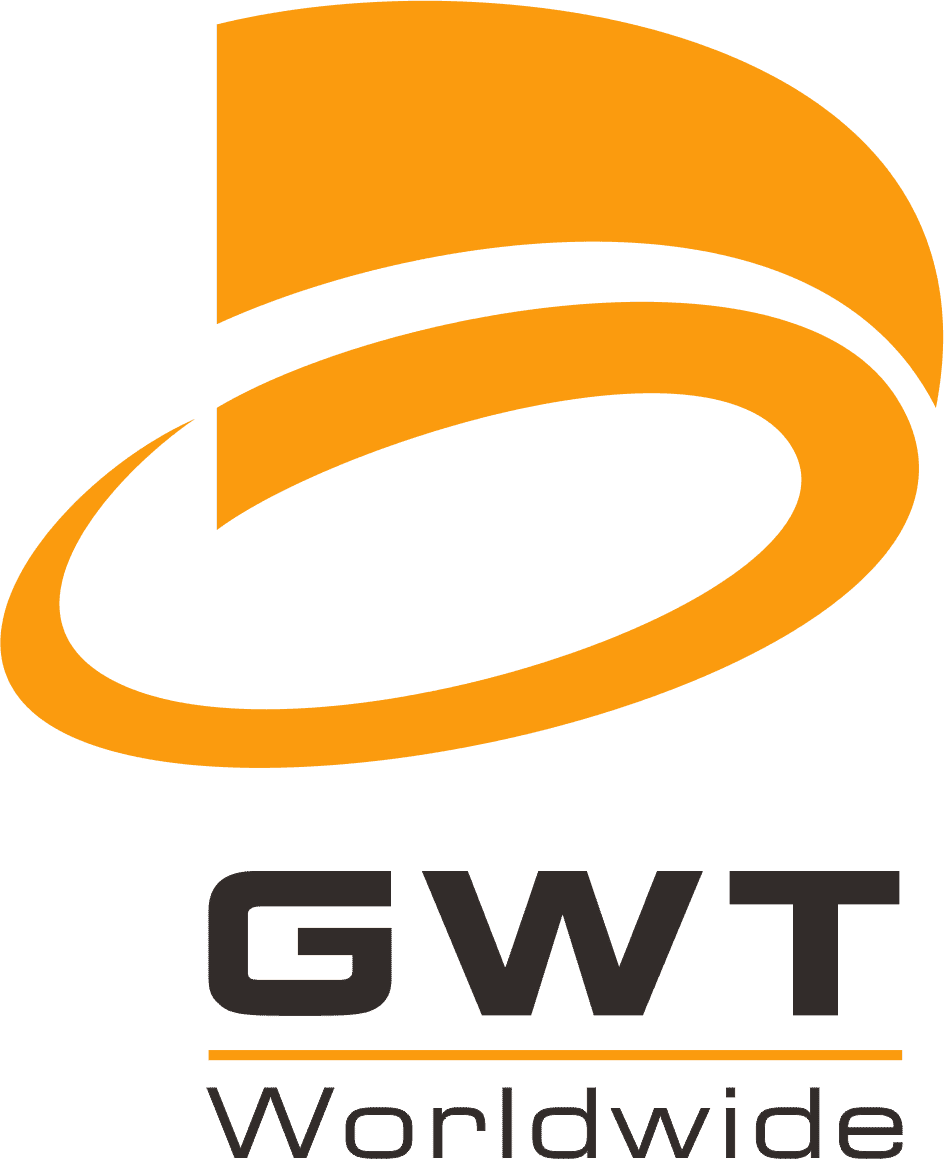Global importers exporters and traveling individuals and businesses experience an essential advancement through the phrase “cleared from customs” in international trade operations as mandated by the customs authority . The essential procedure protects national laws along with trade regulations along with security protocols to verify goods before they reach a country’s commercial market. Study of items during customs clearance demonstrates vital information about operations that support international trade alongside national protective measures.
The Customs Clearance Process Explained
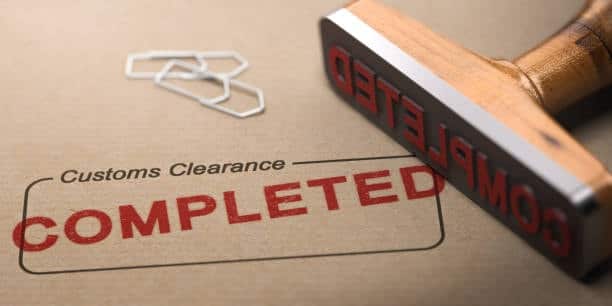
Customs clearance stands as the authorized permission that customs authorities give to both imported goods for entry into a country, according to customs regulations, and exported goods for their departure from its territory. The customs clearance process immediately starts at port of entry points from any traffic modality—air, sea or land—which leads into different sequential steps.
Documentation Requirements
Correct documentation along with thorough completion of paperwork remains the essential requirement for running successful customs clearance procedures. Required documents typically include:
- Commercial invoice
- Packing list
- Bill of lading or airway bill
- Certificate of origin
- Import/export licenses (where applicable)
- Specific certificates for regulated goods
- Customs declaration forms
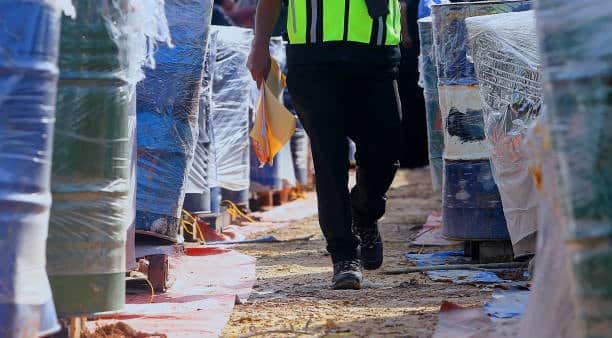
The Harmonized System (HS) code variables as well as goods’ value origin and quantity receive examination by customs personnel through required documentation.
Duty and Tax Assessment
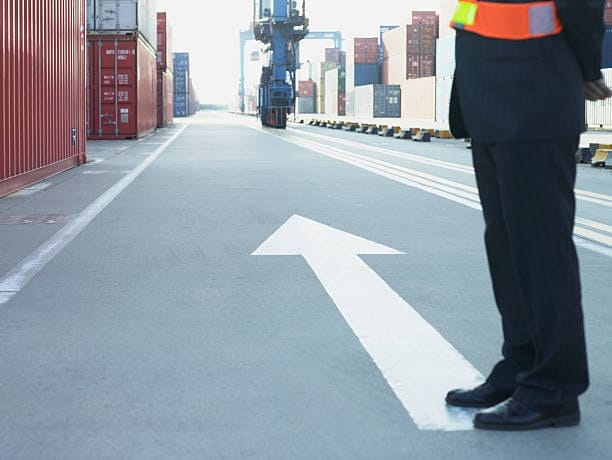
Verification of documentation brings about a custom official duty along with taxation which draws from the value of goods combined with their country of origin and HS classification and possible trade agreements and special tariff provisions.
- The goods’ value
- Country of origin
- HS classification
- Applicable trade agreements
- Special tariff provisions
Official assessment completes the procedures for release of goods by determining the financial requirements importers must fulfill.
Physical Inspection
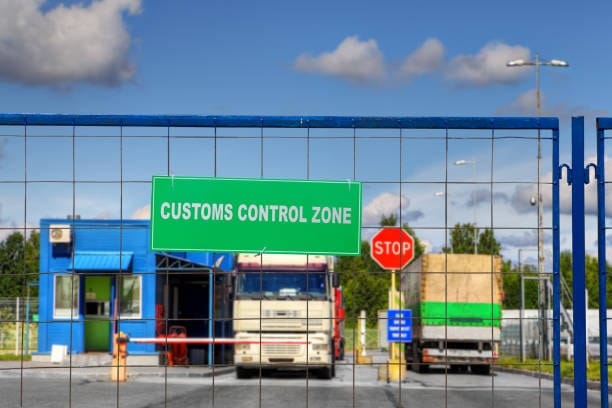
The shipment inspection process through customs officers occurs only for selected consignments based on risk assessment procedures or random selection processes. During inspection, officials verify that:
- The actual goods match documentation
- No prohibited items are concealed
- The product range fulfills every requirement regarding safety standards and protection for health together with environmental compliance.
- The shipment contains accurate declarations about the quantities along with their monetary values.
Final Release
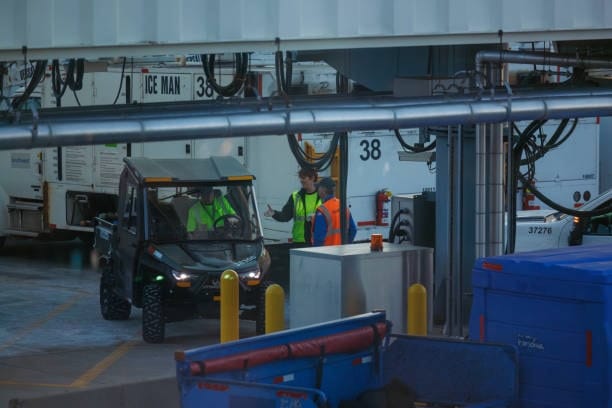
After payment treatment and meeting all requirements customs authorities issue a release order. The essential document confirms that goods obtained clearing through customs and can either enter the domestic market or continue onward to their destination.
Key Players in the Customs Clearance Ecosystem
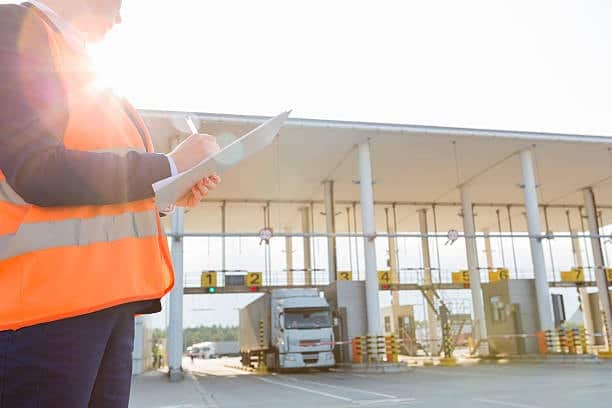
Several parties work together to achieve successful customs clearance services and procedures:
Customs Brokers
Licensing customs brokerage customs brokers works as professional representatives between importers/exporters and customs oversight agencies. Professional entities specializing in customs rules and lock tariffs and operating regulations hold current licenses. They create all necessary documentation then determine customs obligations before enabling communication with customs officials to rush the clearance process.
Freight Forwarders
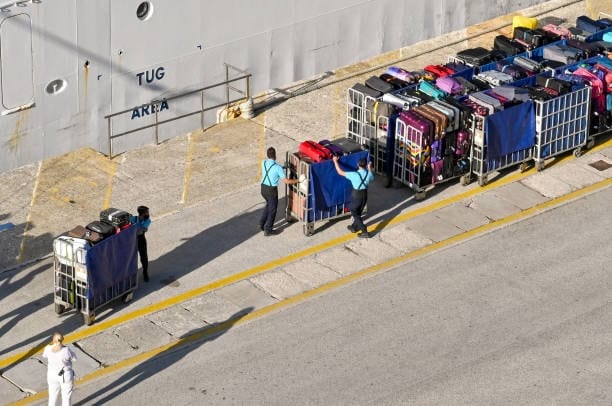
A freight forwarder helps with international shipping and global merchandise transportation by establishing import/export logistics then taking care that shipments reach customs stations with correct records. Various freight forwarders provide customers with the advantage of obtaining integrated services which incorporate customs clearance assistance.
Customs Authorities
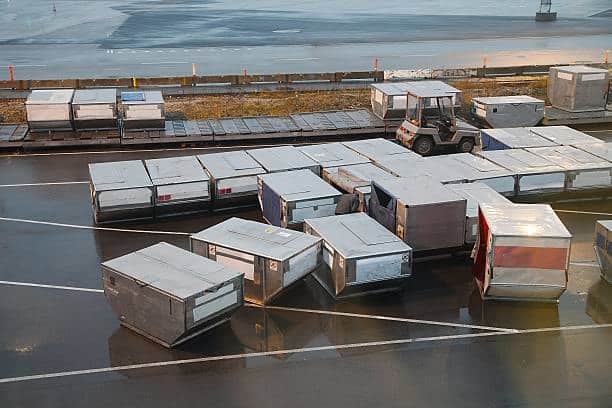
Customs enforcement entities acting as border trade entry points have the responsibility to implement customs laws and regulations. These authorities:
- Process clearance documentation
- The administration of duties as well as associated taxes takes place through this process.
- Enforce trade restrictions and embargoes
- The authorities must protect against unauthorized trafficking of goods along with contraband substances.
- Implement trade security measures
Importers and Exporters
All importers and exporters remain the main stakeholders required to follow customs formalities and regulatory requirements. The clearance timelines along with success rates are tightly linked to how prepared importers/exporters are coupled with their detailed understanding and strong adherence to requirements.
Challenges in Customs Clearance
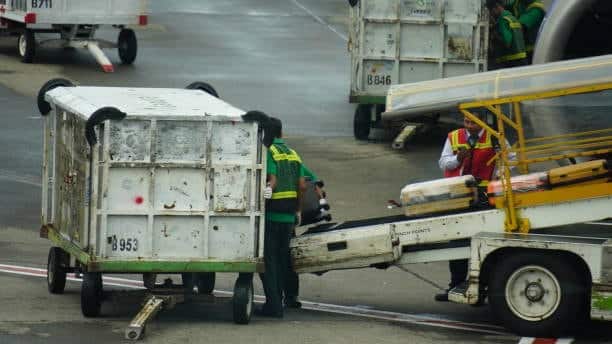
The customs clearance process faces various obstacles related to customs duties which hinder its efficiency even though procedures remain established.
Regulatory Complexity
Each country has its own customs system whose framework evolves because of political instability and economic conditions and security considerations. The steep regulatory framework demands continuous observational skills along with flexible responses from stakeholders.
Documentation Errors
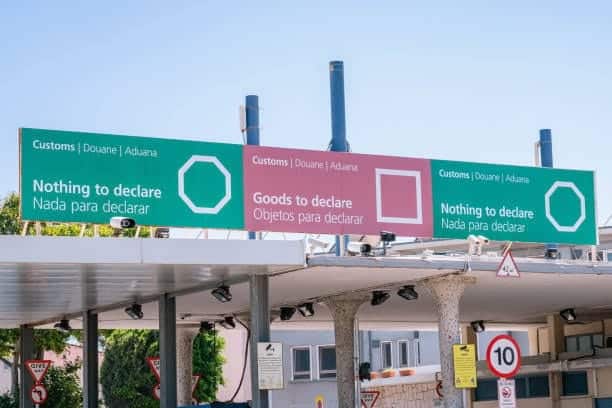
Any form of documentation mistake triggers a sequence of procedure delays coupled with intensive inspections along with possible financial penalties. Common errors include:
- Misclassification of goods
- Inaccurate valuation
- Incomplete description of merchandise
- Missing certificates or permits
- Incorrect country of origin declarations
Customs Holds and Examinations
The selection process for thorough shipment examinations leads to extended delays. The process of physical inspections combined with laboratory tests and document verification prolongs clearance duration by numerous days to weeks.
Capacity Constraints

Disruptions in clearance operations occur as customs facilities handle an excessive number of entries every trading season. Locks in port access areas together with the shortage of labor staff and limited infrastructure lead to worsened conditions.
Strategies for Efficient Customs Clearance

Several operational approaches exist for companies to streamline their customs clearance operations.
Advance Preparation
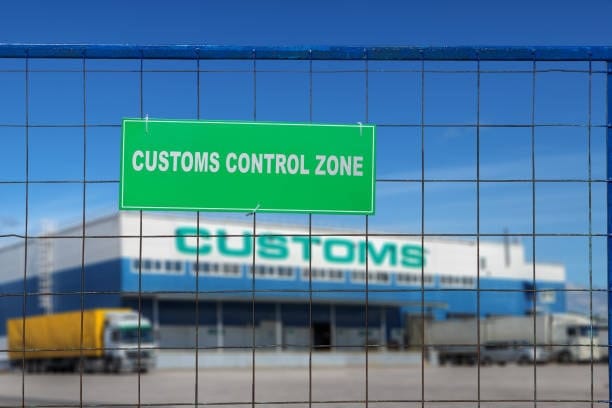
Customs authorities require enough time for paying customs duties and to prepare goods clearance by receiving all documentation before shipment reaches the port entry. The procedure called pre-clearance reduces processing time by a significant degree.
Technology Utilization

Each step of customs operations becomes smoother with automated systems that handle electronic submissions and digital records alongside computerized customs solutions. Digital single-window frameworks have become available in various countries which enable importers to manage their whole submission process using one electronic online platform.
Trusted Trader Programs

Public programs such as AEO utilize in the EU alongside C-TPAT utilize in the US enable participants who show strong regulatory compliance and enhanced safety protocols to receive quicker customs clearance benefits.
Professional Support
Working with respectable customs brokers who specialize in distinct industries and trade routes delivers essential knowledge needed to navigate complicated customs clearance operations. Professional assessments anchored in specialized knowledge help businesses avoid unfavorable mistakes as well as interruptions in delivery.
The Impact of “Cleared from Customs” on Global Supply Chains
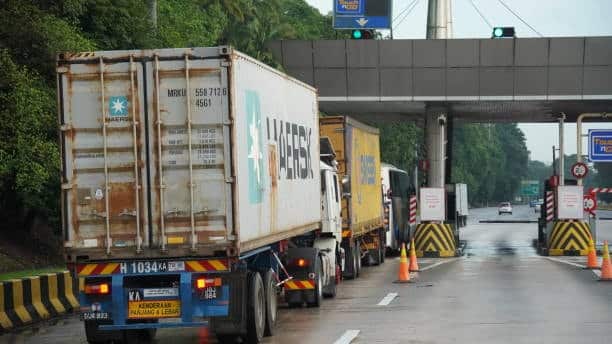
Multiple nationwide benefits emerge from customs clearance of goods because it creates these effects on supply chains:
Inventory Management
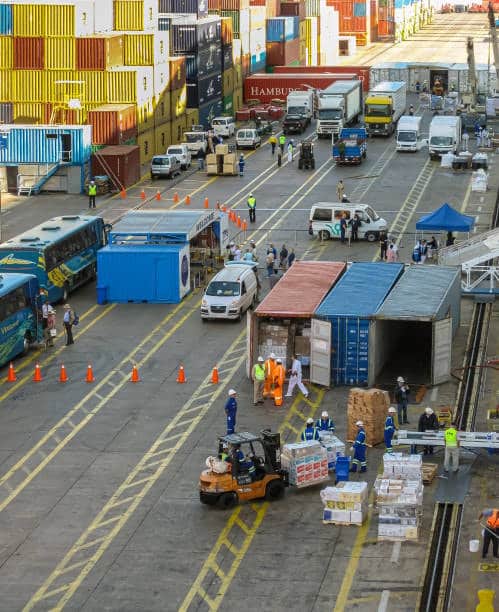
Businesses that experience predictable customs clearance and taxes and duties operate with optimal inventory amounts reducing their need for extra safety stock. The ability to deliver products just in time depends completely on functional customs systems.
Cash Flow Improvement
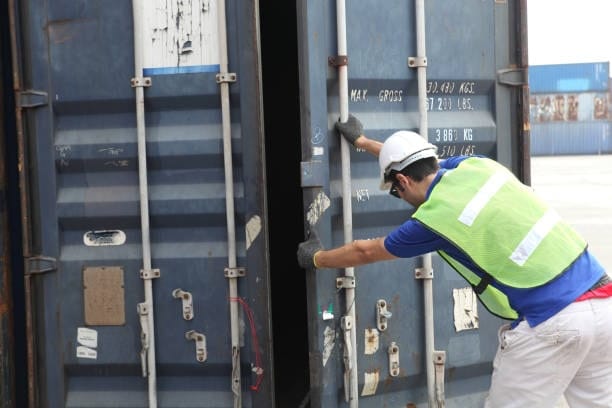
Goods acquire readiness for delivery to customers or direct sale to end-users or addition into production after clearing customs procedures. Businesses achieve higher cash flow and revenue recognition through mandatory payment stages which start after this sequence begins.
Competitive Advantage
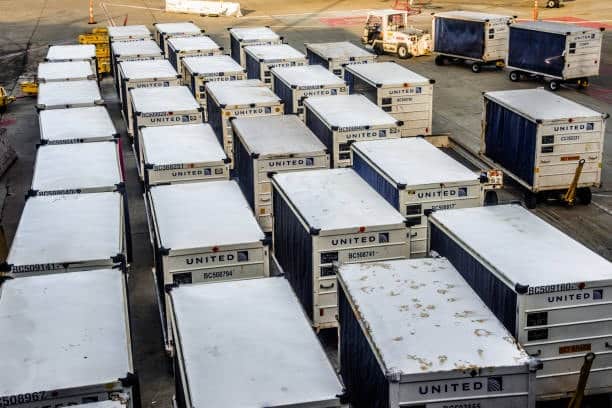
The ability to maintain routine customs clearance operations provides three main strategic advantages to organizations.
- Reduced transit times
- Lower logistics costs
- Enhanced customer satisfaction
- Reliable delivery commitments
- Minimized demurrage and storage fees
Market Expansion
Businesses using the mastery of customs clearance across multiple jurisdictions boost their capabilities to enter international markets with larger assurance and minimized regulatory risks.
Recent Developments Affecting Customs Clearance
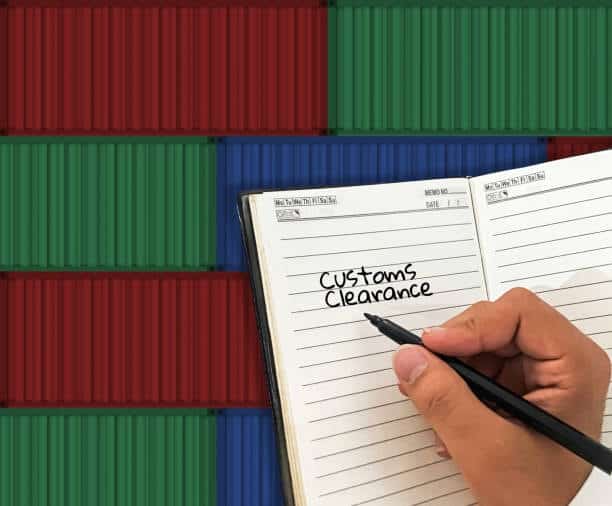
Multiple market trends currently transform customs clearance operations throughout the world:
Digitalization Initiatives
Border agencies worldwide are accelerating their digital transformation efforts because this enables paperless procedures and strengthened data analytics and collaborative relationships between border departments. People are developing blockchain technology as a platform to establish permanent unalterable records for international trade transactions.
Risk-Based Approaches
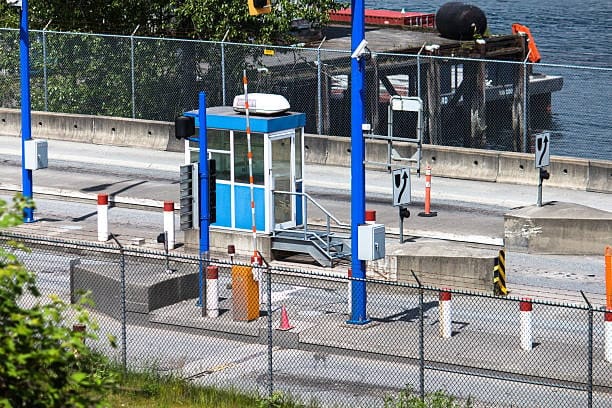
Advanced risk assessment algorithms at modern customs operations guide resources toward evaluating high-risk shipments but provide quick approvals for low-risk goods. The specific focus blends security requirements with objectives to simplify trade across borders.
Regulatory Harmonization

The World Customs Organization together with similar international organizations promotes unified standards for both customs procedures and international shipping regulations requirement documents to cut down trade obstacles. The revised Kyoto Convention serves as an initiative that streamlines customs procedures by creating common principles used for simplification.
Sustainability Considerations
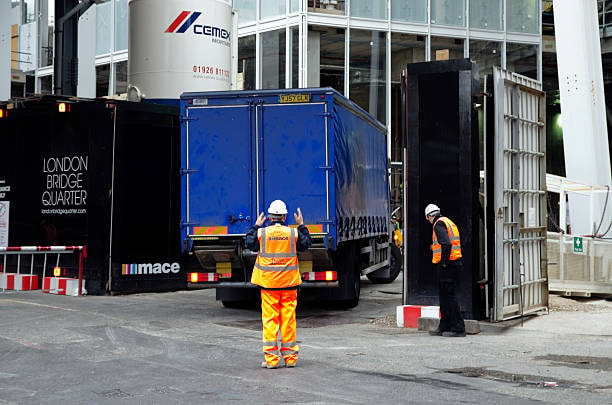
Clearance processes now include environmental protection mandates which force Customs agencies to examine goods that might threaten the environment and violate international agreements customs brokerage firm.
From Port to Marketplace: The Journey After Customs Clearance

The supply chain accepts products following their customs clearance procedures.
Domestic Transportation
The distribution flow of cleared goods proceeds from customs facilities to warehouses or manufacturing facilities or distribution centers which transfer the merchandise through truck transport or train lines or domestic shipping routes customs clearance team.
Quality Control
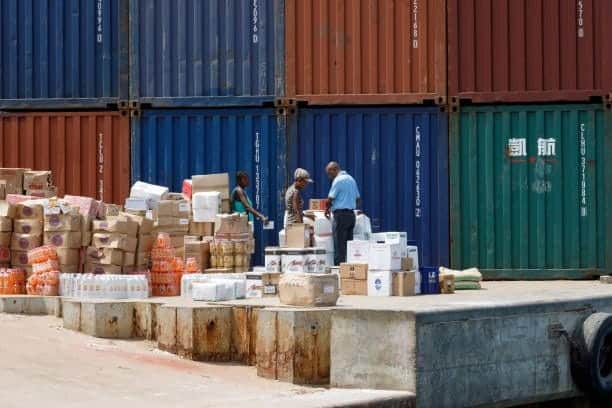
After customs clearance, customs officer importers conduct extra quality checks to confirm both product specifications and no transit or inspection damage occurred customs broker.
Distribution Processing
Distribution centers perform product repackaging services which may also include applying retail labels while combining imported products with others for end-user distribution international shipments.
Final Delivery
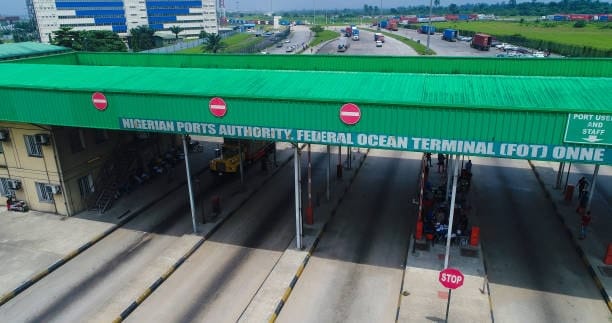
The global supply chain cycle completes its cycle at the point where imported products deliver to their end destination which could be retail shelves or manufacturing inputs or direct distribution to consumers.
Conclusion
The “cleared from customs” declaration symbolizes both procedural authorization and successful completion of international trade requirements that transform shipping cargo into domestic business products customs process. Companies operating in international trade gain competitive benefits from reliable and efficient customs clearance because it strengthens their performance and reduces costs and speeds up market entry.
The customs clearance system functions as a vital gatekeeper which merges national security concerns with business goals while global trade evolves through changing regulatory systems and tech developments and shifting political territorial boundaries. International commercial mastery through proper customs clearance enables traders to gain market advantage as the world grows more closely interlinked customs clearance takes.
